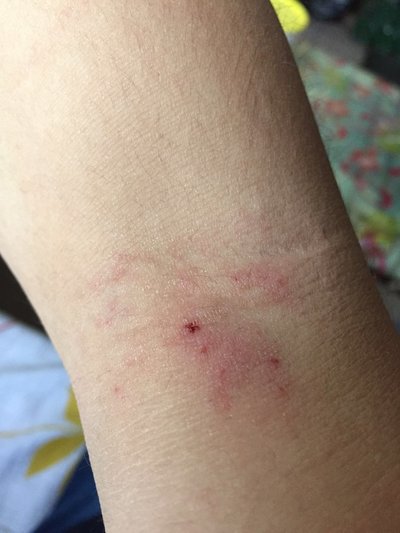Symptoms of gastric lipoma?
summary
Gastric lipoma is a benign gastric interstitial tumor with low incidence rate, slow progress, few malignant transformation and good prognosis. Gastric lipoma is most common in middle-aged people, but there is no significant difference in incidence rate between male and female. Gastric lipoma can occur in the body and antrum of the stomach, most of which are located in the antrum of the stomach. 90% of gastric lipoma originates from submucosal growth; 10% of them grew under the serosa and protruded into the abdominal cavity outside the stomach to form the extragastric type. Symptoms of gastric lipoma? Let's talk about it.
Symptoms of gastric lipoma?
The growth of lipoma is slow. The clinical manifestations are related to the location, size and surface of the tumor. When the tumor is small, the patient may have no clinical symptoms, and dysphagia may occur when the tumor is located near the cardia; Those located in the pyloric area may have pyloric obstruction. If there is ulcer on the surface of the tumor, there may be gastric discomfort, pain and other symptoms similar to gastric ulcer or chronic gastritis. About 50% of the cases may have bleeding.
Gastric lipoma has malignant transformation occasionally. The closer the gastric antrum lipoma is to the pylorus, the more likely it is to affect gastric emptying. Patients may have symptoms such as upper abdominal discomfort, pain and intermittent vomiting. When the tumor volume increases to a certain extent, especially those lipomas under the gastric antrum mucosa, sometimes they can slide to the pyloric orifice or even slip through the pyloric tube into the duodenal bulb, causing pyloric obstruction, and patients can have typical symptoms such as vomiting and overnight food. The symptoms of abdominal distension, abdominal pain and vomiting can be alleviated in this kind of patients with left lateral decubitus.
When the diameter of the tumor is larger than 4cm, due to its protruding into the gastric cavity and friction with food, coupled with blood supply disorders, the tumor surface mucosa can appear erosion and even ulcer formation. At this time, patients have more abdominal pain and gastrointestinal bleeding, often melena, less hematemesis. When patients have bleeding, obstruction and weight loss, it is difficult to differentiate from malignant tumors. Patients with chronic blood loss may have anemia. There may be tenderness in the upper abdomen, while in patients with pyloric obstruction, there is a positive water quaking sound, gastric type and peristaltic wave. If the diameter of the tumor is large, a soft, active and well-defined mass can be found in the upper abdomen.
matters needing attention
Asymptomatic cases can not be treated, but because of the difficulty of preoperative diagnosis, most cases need surgical resection to exclude malignant lesions. According to the specific conditions of the lesions, the operation mode can be decided by local resection of the tumor or wedge-shaped resection with part of the gastric wall. Partial gastrectomy is feasible for multiple tumors. If malignant transformation is suspected, frozen section examination should be performed during operation. The extent of resection depends on the nature and location of the lesion. Recently, endoscopic resection of polypoid tumors has been reported. The smaller tumors can be resected locally or only removed, and the larger ones need partial gastrectomy.















